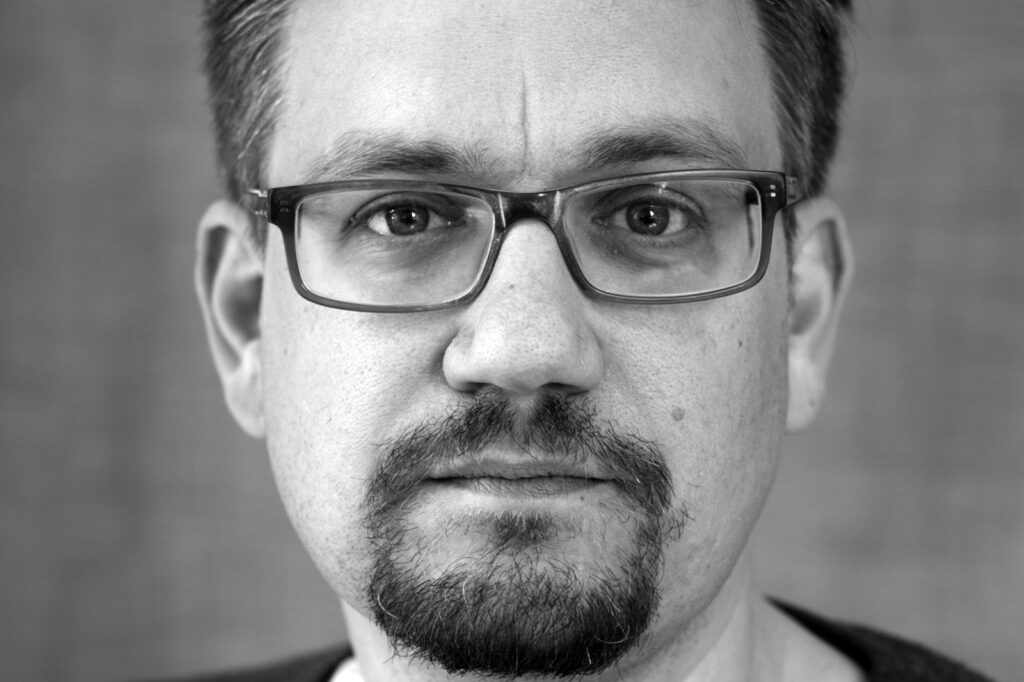Search Public Finance Tax scholar: “We should consider introducing 3:12 rules based on the Finnish model” Press releases 2021.09.08 All press releases The so-called 3:12 rules play a crucial role in the taxation of labor and capital incomes. However, different marginal tax rates for labor incomes and dividends do not necessarily have to constitute a problem if the 3:12 rules are well-designed. This is argued by economist Håkan Selin, author of the SNS report The Swedish Dual Income Tax System and the Splitting Rules: Yesterday, Today, and in the Future.
In the current Swedish system, closely held corporations (i.e., companies in which a small number of shareholders own the majority of shares and where the owner also works in the business) are treated differently from unlisted widely held corporations. This results in business owners having a tax-based incentive for switching the company status between closely held and widely held corporations, says Håkan Selin, associate professor of economics at the Institute for Evaluation of Labour Market and Education Policy (IFAU).
“Changing the 3:12 rules so that all unlisted companies were treated the same way would enable us to avoid some degree of unproductive tax planning,” argues Håkan Selin.
He believes that it is a good idea to seriously consider changing the rules on how business owners may distribute labor and capital incomes in accordance with the Finnish model. In the Finnish system, which has remained robust for decades, all owners of unlisted companies are subject to the same splitting rules regarding how to distribute labor and capital incomes, not just owners of closely held corporations.
However, Selin is not convinced that the benefits would offset the drawbacks of radically reforming the 3:12 system.
“If it were possible to turn back the clock to 1991, I would recommend a system similar to the one in Finland. Unfortunately, however, problems would arise as we would need long-term transition rules. This is due to the fact that the business owners subject to the current rules have saved very large sums of dividend allowances entitling them to, in the future, pay tax on dividends and capital gains in the form of income from capital,” says Håkan Selin and continues:
“The 3:12 regulatory framework has been controversial and heavily debated ever since it was introduced. However, the fundamental role of this regulatory framework in the Swedish tax system has not been adequately addressed.”
In the report, Selin adopts a holistic approach to the 3:12 regulatory framework and discusses it from historical, theoretical, empirical and practical perspectives. For instance, he presents his own study based on administrative data from Statistics Sweden for the period 2000–2018. It shows that dividends from closely held corporations have increased drastically on two occasions: first during the years following the 2006 reform, followed by 2016–2017 when there were indications that capital incomes would face increased taxation. At the same time, the accumulated dividend allowances have more or less exploded since 2006, as the total amount of accumulated dividend allowances currently exceeds SEK 1,000 billion.
This report is published within the framework of the SNS research project Taxes in a Globalised World.
